Getting registered with a GP surgery is one of the most important tasks when you arrive in the UK. It ensures you have access to primary healthcare services, from routine check-ups and prescriptions to referrals for more serious conditions. Here’s a simple, step-by-step guide to make it as easy as possible.
Step 1: Find a GP Surgery Near You
The first thing you need to do is locate a GP surgery that’s convenient for you. You’ll typically register with a surgery close to where you live.
- NHS Website (Your Best Friend!): The easiest way to find a surgery is to use the official NHS website’s “Find a GP” service. You can search by postcode.
- Search for: “Find a GP near me NHS” on Google, or go directly to
www.nhs.uk/service-search/find-a-gp.
- Search for: “Find a GP near me NHS” on Google, or go directly to
- Check Practice Boundaries: Most GP surgeries have a ‘catchment area’ or ‘practice boundary’. You’ll need to live within this area to register. The NHS website will usually show you this, or you can check directly with the surgery.
- Read Reviews (Optional but Helpful): While not essential, you can check reviews on the NHS website or other platforms to get a feel for the surgery’s patient experience.
Step 2: Contact Your Chosen GP Surgery
Once you’ve identified a surgery, get in touch with them.
- Phone or Visit: You can either call them or visit in person during their opening hours. It’s often quicker to pop in if it’s nearby.
- Enquire About Registration: Simply tell them you’d like to register as a new patient. They’ll confirm if they’re taking new patients and if you’re within their boundary.
Step 3: Complete the Registration Forms
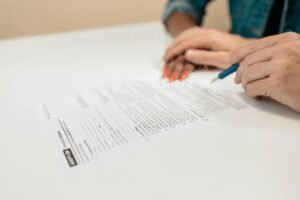
The surgery will provide you with the necessary forms. Don’t be intimidated; they’re fairly standard.
- GMS1 Form: This is the primary NHS registration form. You’ll need to fill in your personal details, previous address (if applicable), and tick boxes for your medical history.
- New Patient Questionnaire: Many surgeries also have their own questionnaire. This helps them get an initial understanding of your health, allergies, and any current medications before your full medical records are transferred (if you’re moving from another UK GP).
- Online Registration (Increasingly Common): Some GP surgeries now allow you to start or complete the registration process online through their website. This can be very convenient.
Step 4: Provide Proof of ID and Address (Usually)
While officially you don’t need proof of address or immigration status to register with a GP, many surgeries will ask for it. It’s best to be prepared.
- Proof of Identity:
- Passport
- Driving license
- National ID card
- Birth certificate
- Proof of Address:
- Utility bill (gas, electricity, water – usually less than 3 months old)
- Bank statement (usually less than 3 months old)
- Tenancy agreement
- Council tax bill
- A letter from your university if you’re a student living in halls.
Important Note for New Arrivals/Visitors: Even if you don’t have all these documents, or if you’re an asylum seeker, refugee, or homeless, you are still entitled to register with a GP. Surgeries should not refuse registration based on lack of proof of address or immigration status. If you face issues, you can contact NHS England or your local Citizen’s Advice.
Step 5: The Waiting Period and New Patient Check-Up
- Processing Your Registration: Once you’ve submitted your forms, the surgery will process your registration. This usually takes a few days to a week. You’ll often receive a confirmation letter or text message.
- New Patient Check-Up: Many GP surgeries offer or require a basic new patient health check. This is a great opportunity to meet a nurse or doctor, discuss any ongoing health concerns, provide details of any medications you’re on, and get your blood pressure, height, and weight checked. It’s a good idea to attend if offered.
What Happens Next? Accessing Services
Once registered, you can:
- Book Appointments: Call the surgery or use their online booking system (e.g., NHS App, Patient Access) to book appointments with a GP or nurse.
- Order Prescriptions: Your GP can prescribe medication, which you can then collect from any pharmacy.
- Get Referrals: If needed, your GP can refer you to specialist services (e.g., hospital departments, mental health services).
- Access Online Services: Most GPs offer online services for booking appointments, ordering repeat prescriptions, and viewing parts of your medical record. The NHS App is highly recommended for this – download it!
Essential Tips for a Smooth Registration:
- Don’t Wait: Register as soon as possible after moving to the UK, even if you feel healthy. You never know when you might need a doctor.
- Students: Your university will often have an on-campus GP surgery or a recommended local practice. Check with your student support services.
- Bring Your NHS Number (If You Have One): If you’ve lived in the UK before, having your NHS number will speed up the process, but it’s not essential for new registrations.
- Ask Questions: If anything is unclear, don’t hesitate to ask the reception staff at the GP surgery. They are there to help!
Registering with a GP is a fundamental step in settling into life in the UK. It gives you peace of mind knowing that trusted medical care is available whenever you need it. So go ahead, find your local surgery, and get yourself on the books – your health will thank you for it!


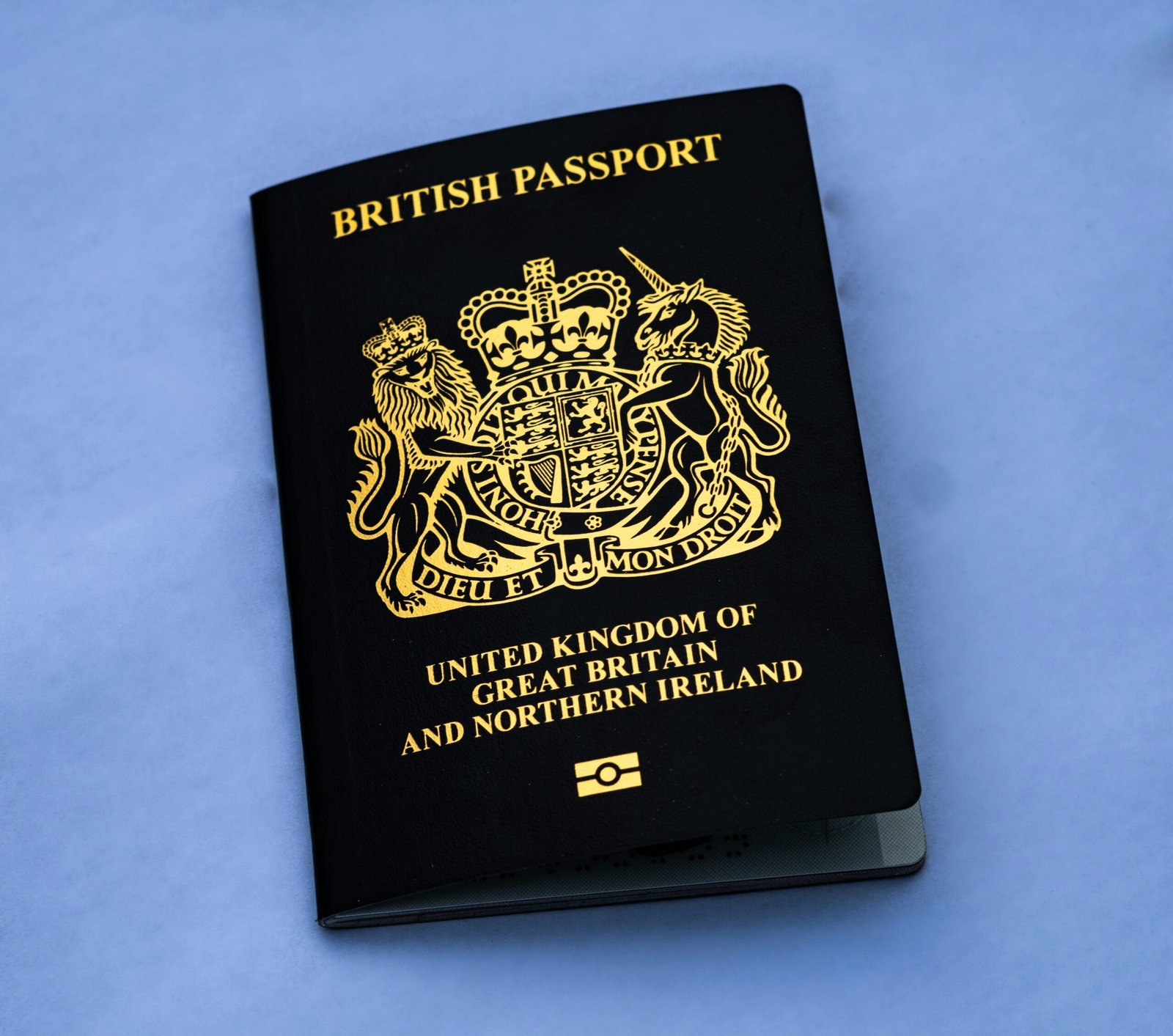
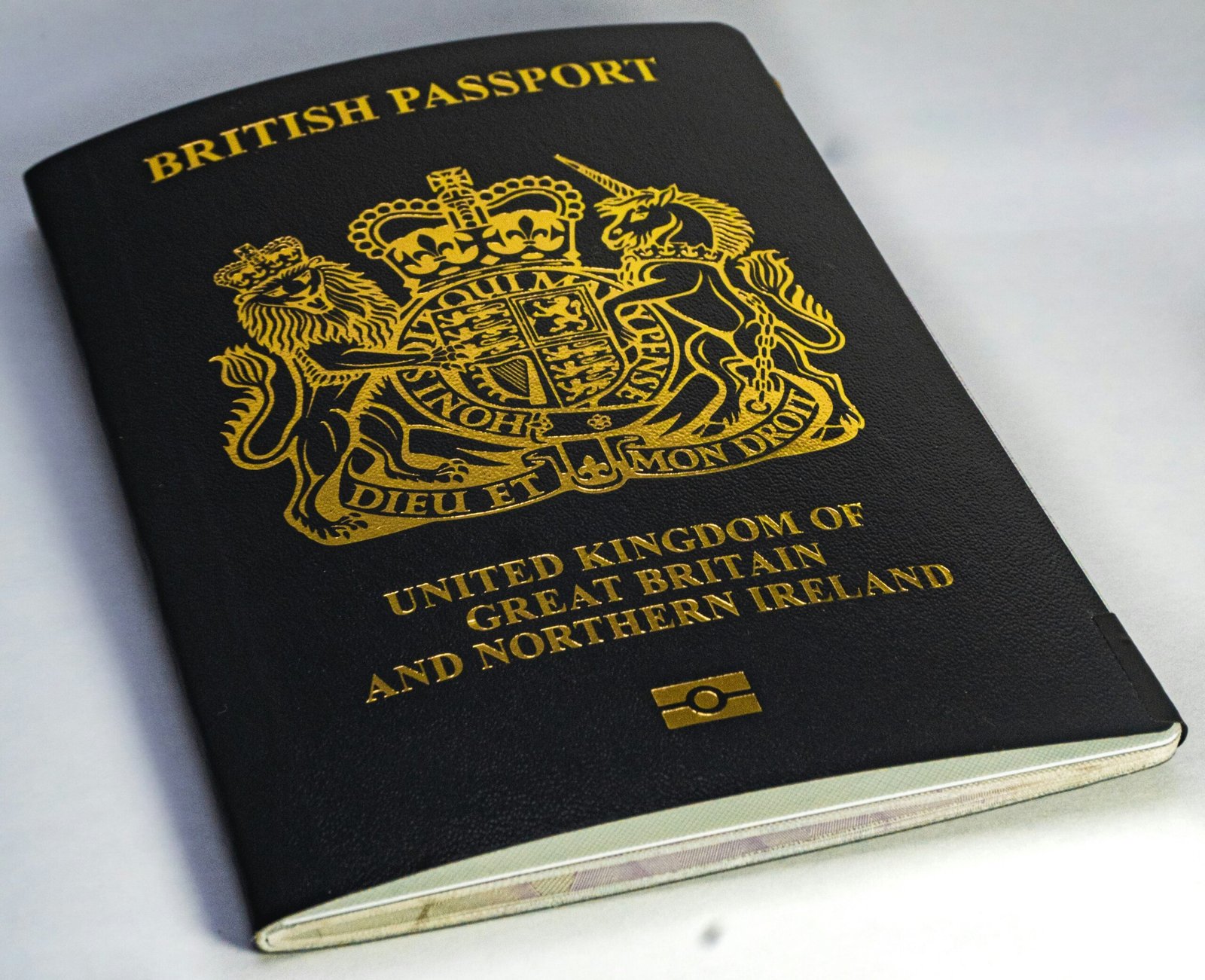

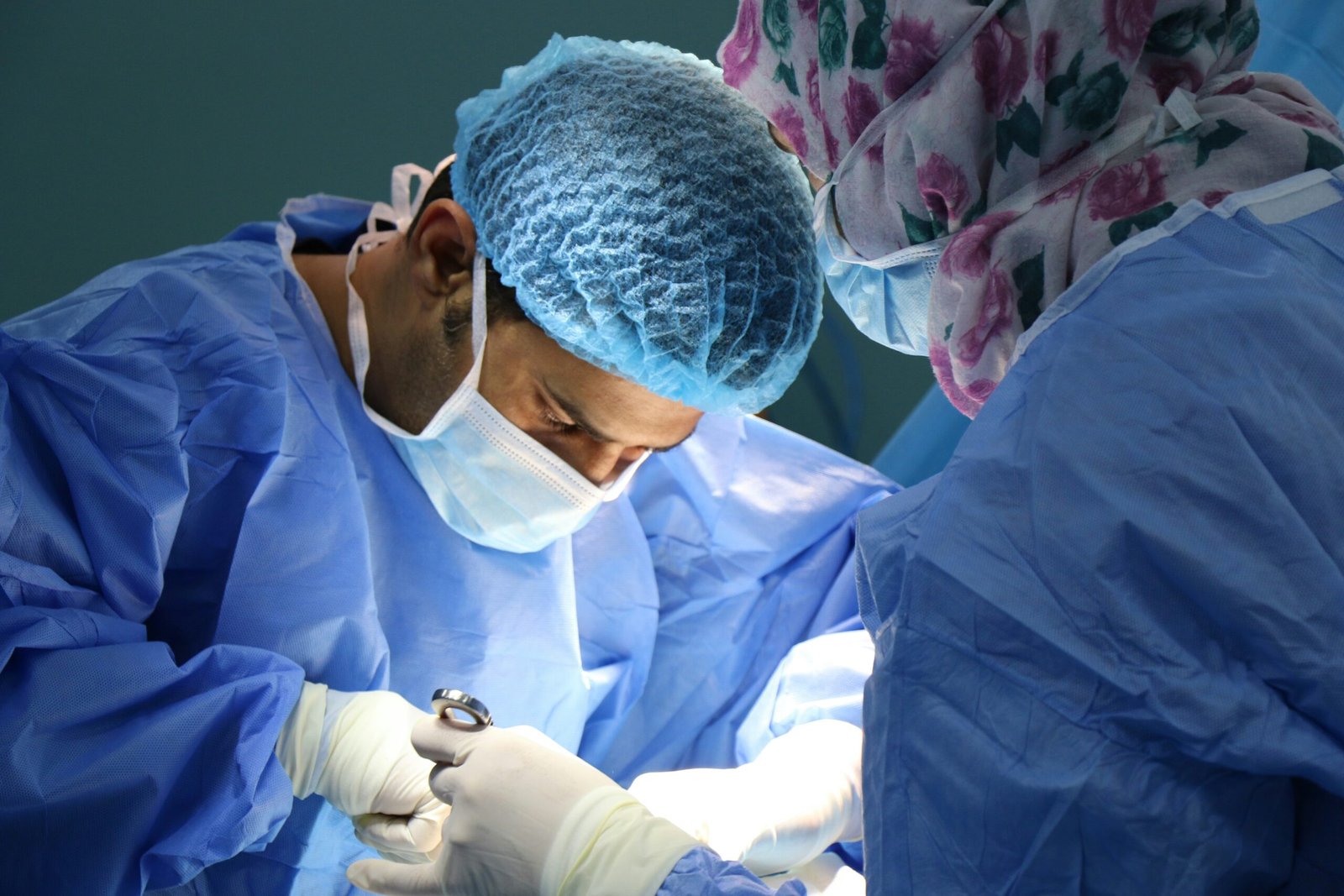

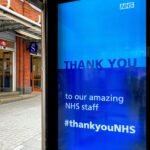


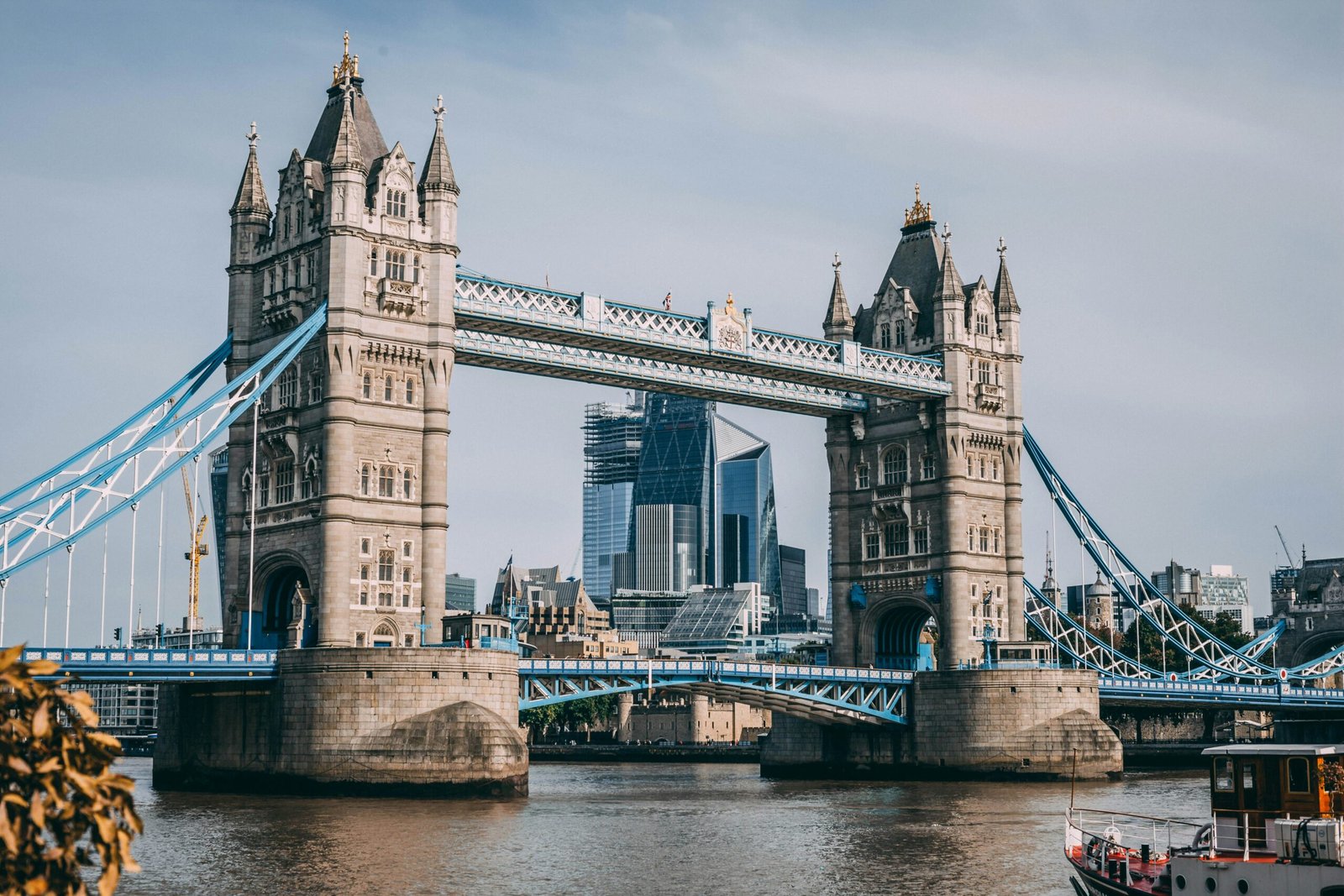

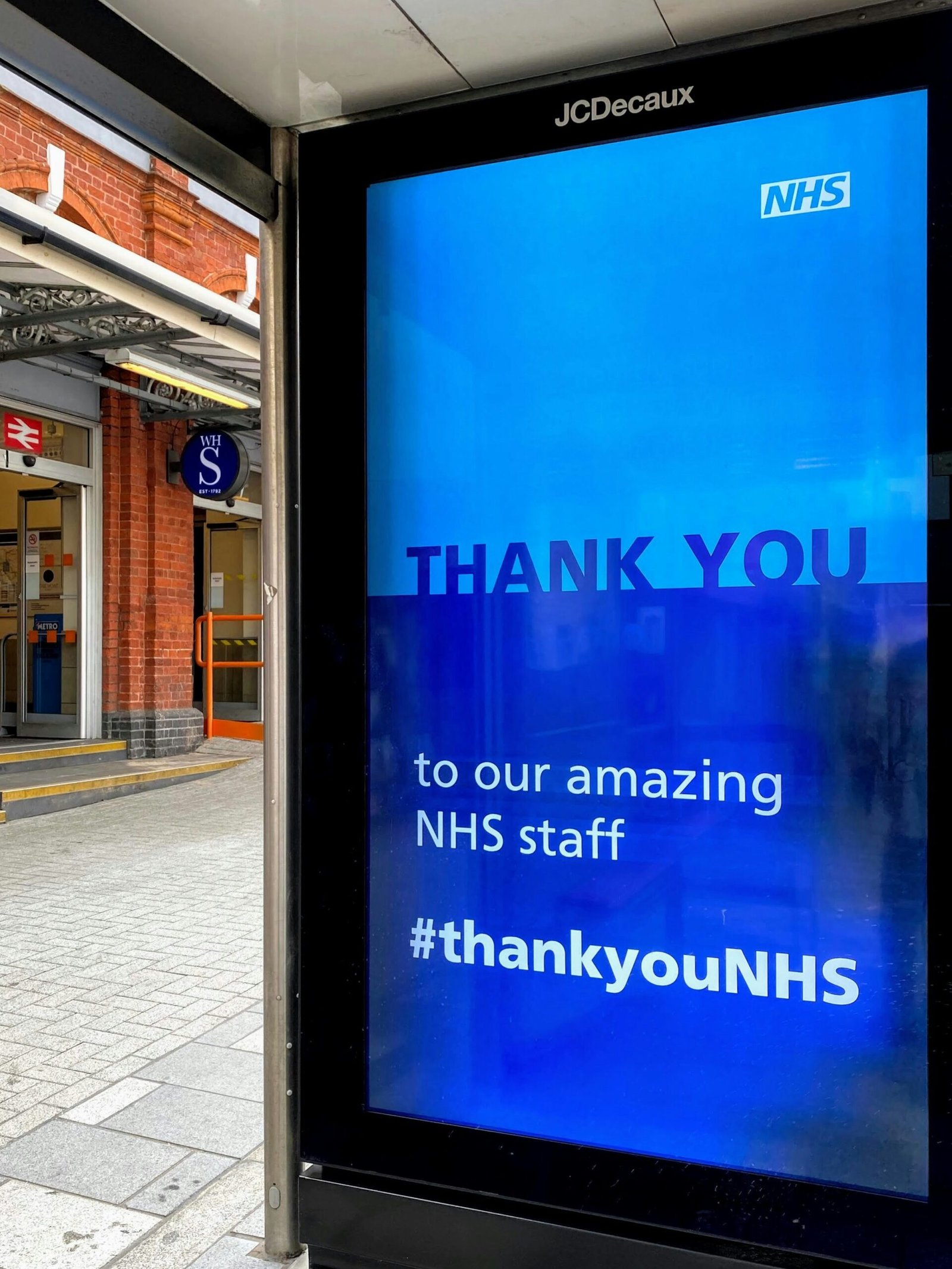
Leave a comment